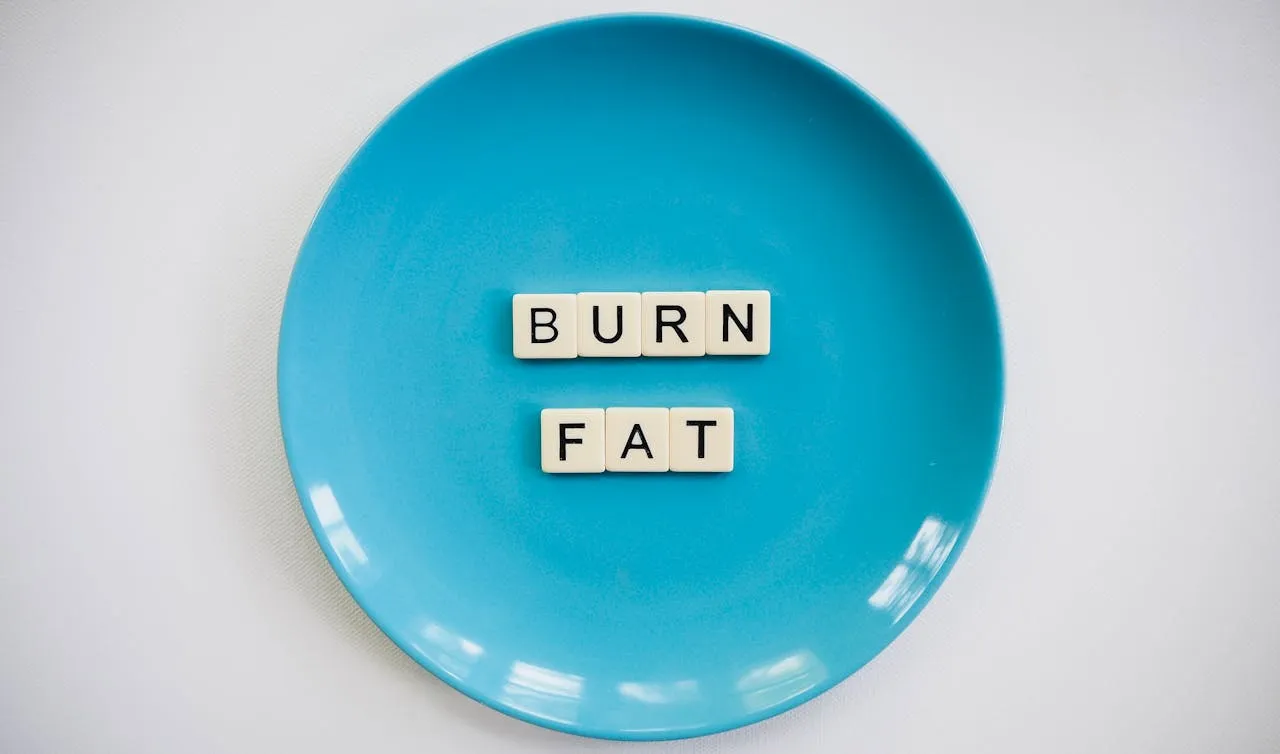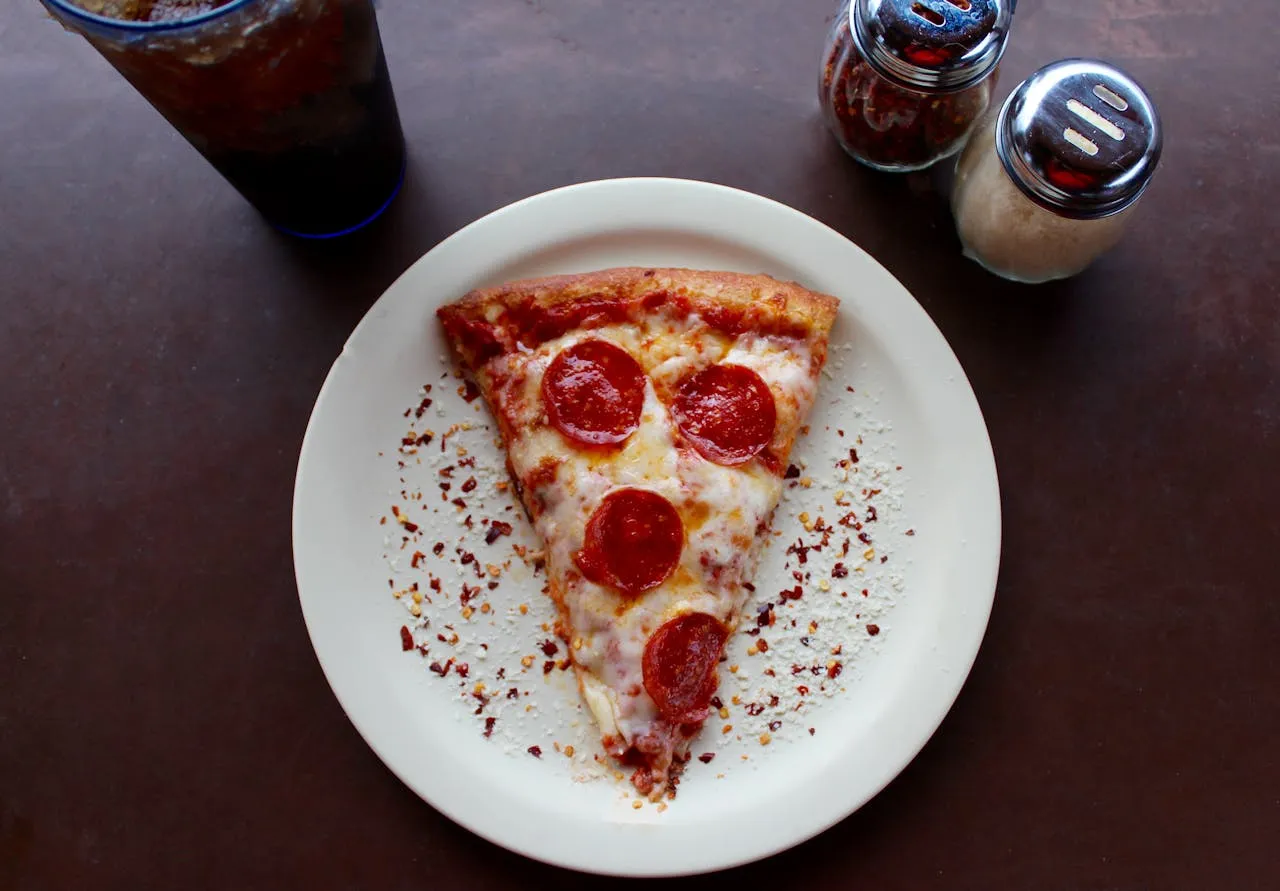 Monday, May 19, 2025
Monday, May 19, 2025Caloric Deficit: Your Key to Fat Loss – What It Is and How to Achieve It Intentionally
Losing weight is no sorcery – but it is not magic either. It follows a simple rule of thermodynamics: Calories in minus calories out results in either weight gain, maintenance, or loss. In the fitness world, we refer to this as the caloric deficit – the holy grail for those who wish to shed their excess fat.
But what precisely is a caloric deficit? How does it function biologically? And, more importantly, how can you correctly and healthily integrate it into your daily routine without feeling constantly hungry, irritated, or fatigued?

What is a caloric deficit, anyway?
A caloric deficit means that you are providing your body with less energy (calories) than it burns throughout the day. When your body realizes that it is lacking energy, it has to source more – specifically from its energy reserves, namely:
- Body fat
- Muscle mass (if you do it wrong!)
- Glycogen stores
The goal when losing weight is, of course, for your body to primarily utilize fat reserves – and you must structure the deficit correctly and intelligently to achieve this.

How is a caloric deficit created?
Your total consumption – the magic number
Before you can create a deficit, you need to know how much your body actually burns. This includes:
| Energy expenditure component | Description |
|---|---|
| Basal Metabolic Rate (BMR) | Calories your body burns at complete rest (e.g., for breathing or heart rate) |
| Active Metabolism (NEAT + Exercise) | Everything you do actively: walking, working, training, housework |
| Thermic Effect of Food (TEF) | Energy your body needs to digest and utilize food |
Example:
You burn approximately 2,400 kcal daily (including exercise and movement).
If you only consume 2,000 kcal, this creates a deficit of 400 kcal.

How much caloric deficit is sensible?
If it's too large, you lose muscle. If it's too small, it takes forever.
The rule of thumb: A moderate caloric deficit of 300 to 500 kcal per day is ideal for most people.
- 500 kcal/day deficit = approximately 0.5 kg fat loss per week
- 1 kg of fat = approximately 7,000 kcal (not precise, but a useful guideline)
Important: More is not always better. Those who cut too harshly lose muscle mass, lower their metabolism, and risk binge eating.

Caloric deficit through diet or exercise?
The best approach is to combine both, but diet plays the decisive role.
You can run for hours – or simply skip the chocolate that contains 600 kcal.
| Method | Example | Caloric savings |
|---|---|---|
| Eat less | Drink one less glass of orange juice | about 100 kcal |
| Move more | 45 minutes of brisk walking | about 200–300 kcal |
| Weight training | Muscle building = higher basal metabolic rate | long-term effect |

Why many do not lose weight despite caloric deficit
Do you think you're in a deficit – but are you really?
- Forgetting liquid calories (e.g., juice, latte macchiato)
- Not counting snacks
- Overestimating 'healthy' foods (nuts, avocados are great – but also calorie-dense)
- Inaccurate portions or estimates
- Too little protein → leads to muscle loss instead of fat loss
Tip: Track everything honestly for a week – it opens many people's eyes.

How to achieve a sustainable caloric deficit
Find your needs
Use calorie calculators (e.g., Mifflin-St. Jeor formula) or apps like Yazio, MyFitnessPal, or FDDB.
Set your goal
- Do you want to lose weight slowly? → 250–300 kcal deficit
- Faster, but healthily? → max. 500–600 kcal deficit
Eat high in protein
- Satisfying
- Maintains muscles
- Higher thermic effect (TEF)
Exercise regularly
- Walking, strength training, LISS
- More NEAT: stairs instead of elevator, bike instead of car
Don't forget sleep & stress
- Lack of sleep = more hunger hormones
- Stress = emotional eating

Caloric deficit ≠ starving!
Many confuse a caloric deficit with radical deprivation.
But it's not about torturing oneself – rather, it's about steering consciously.
- No coercion
- No panic over a slip-up
- No eternal deprivation of favorite foods
It's about maintaining an average deficit. You can also indulge from time to time – as long as the balance over the week is correct.

Example day for a caloric deficit (2,000 kcal target with 2,400 kcal consumption)
| Meal | Contents | Calories |
|---|---|---|
| Breakfast | 2 eggs, oatmeal with berries | 400 |
| Snack | Low-fat quark with honey | 150 |
| Lunch | Chicken breast, broccoli, whole-grain rice | 500 |
| Snack | Tangerine, protein shake | 250 |
| Dinner | Lentil soup with whole grain bread | 450 |
| Total calories | 1,750 | |
| Exercise (e.g., sports) | + additional expenditure | +250–400 |
This results in a meaningful, sustainable caloric deficit!

Conclusion: A caloric deficit is the only way to lose weight – but how you shape it makes all the difference
Whether you are doing keto, intermittent fasting, low carb or high carb – in the end, the calorie balance is what matters.
A caloric deficit is therefore no myth but the biological foundation for fat loss. However, you decide how to get there – with enjoyment, awareness, and a pinch of patience.
Stay consistent, but not obsessive. You do not want a deficit for a few weeks – you want a strategy that you can maintain long-term.


